Marc Silber's Blog
June 13, 2022
Facing Your Fear & Improving Your Photography & Creativity with Photographer Marc Silber – Ep 9
Fear can hold you back in both your photography and your life in general. Join Marc Silber as he discusses how you can face your fears and improve your photography and creativity to live a more fulfilling life!
Important LinksConnect with Marc Silber
Website | Instagram | Facebook | Twitter | YouTube
More content from this episode:
Get Advancing Your Photography free! Just pay shipping and handling.
Related Blog Post
Buy Create book here
Check out our merchandise
The post Facing Your Fear & Improving Your Photography & Creativity with Photographer Marc Silber – Ep 9 appeared first on Advancing Your Photography.
How to Keep Fear From Holding Back Your Photography with Photographer Marc Silber – Ep 8
One of the greatest barriers to becoming the photographer someone wants to be is fear. Whether it’s sharing your work, photographing people, or starting in photojournalism and street photography, fear is huge barrier for many. Join Marc Silber as he discusses tips to help overcome these fears and improve your photography.
Important LinksConnect with Marc Silber
Website | Instagram | Facebook | Twitter | YouTube
More content from this episode:
Get Advancing Your Photography free! Just pay shipping and handling.
Related Blog Post
Buy Create book here
Check out our merchandise
The post How to Keep Fear From Holding Back Your Photography with Photographer Marc Silber – Ep 8 appeared first on Advancing Your Photography.
Tips for How to Share Your Photos with the World with Marc Silber – Ep 7
We’re continuing through the Cycle of Photography as the Decoder Ring of photography to unlock the secrets and help make sense of it’s many parts. Sharing is the final stage of the Cycle of Photography, and it’s often overlooked. We’re going to show you that sharing is far more than just posting online, and how your photo isn’t finished until you do share it!
Show NotesYour Visualization as a PhotographerEstablish yourself as a photographer.Apply the power of visualization to yourself and your art:What genre do you most want to be known for and excel at?Clearly Establish this for yourself.Look at great artists and you’ll see they are primarily known for one genre.Henri Cartier-Bresson – Street/candid photographyAnnie Leibovitz – Celebrity portraitsBob Holmes – Travel photographyJohan Vermeer – Natural, everyday lifeImportant LinksConnect with Marc Silber
Website | Instagram | Facebook | Twitter | YouTube
More content from this episode:
Get Advancing Your Photography free! Just pay shipping and handling.
Related Blog Post
Buy Create book here
Check out our merchandise
The post Tips for How to Share Your Photos with the World with Marc Silber – Ep 7 appeared first on Advancing Your Photography.
May 16, 2022
The Most Important Point to Remember About Processing Photos
We’re continuing our journey of exploring the Decoder Ring of photography the Cycle of Photography. This post we’ll be talking about processing.
Processing in the Cycle of Photography
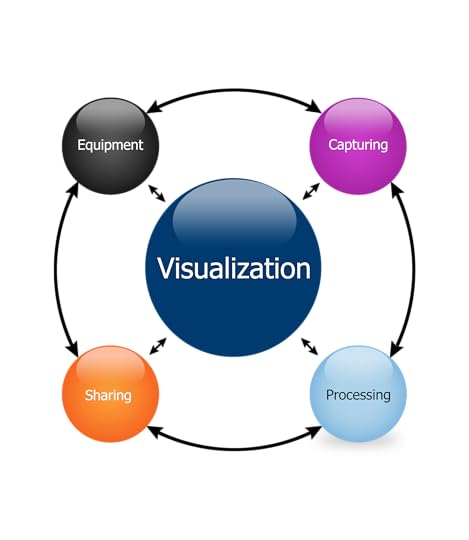
Here’s the most important thing I want you to remember about processing. This is way more important than moving all those sliders around and all the things that you can do inside your processing software like Photoshop, Lightroom, Capture One or any other program. It all begins with one thing. And that’s your vision.
Where do you want to take this photograph? And as a sub step to that, what’s your purpose? What are you doing with this image? Is it going to go out on social media? Are you putting in a book? Will you be printing it? Are you putting it in a magazine or are you going to edit it into a film?
All of these questions will help drive your processing. If, for instance, you’re going to print it then you’re going to take some extra time. For one thing, it’s going to go out physically. If you’re going to spend the money to get something in print, you want to take all the little imperfections out of the way. Those little sensor spots. You definitely want to handle the noise if it’s going out on Instagram and it’s going to be viewed by this big audience. Maybe you don’t have to stress over that, but that’s good to think about.
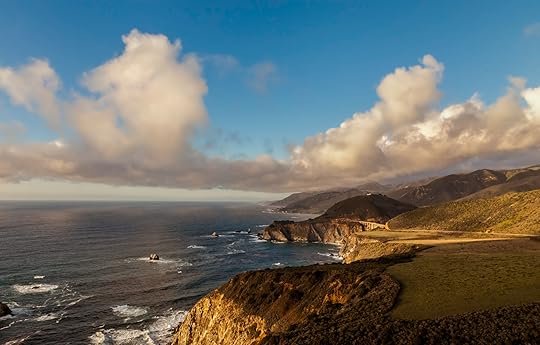
But more important of those questions, what do you intend to do with this photograph? And how is it going to look? With that in mind, you can take a look at the video above where I start the process of editing a photo I took of the Bixby Bridge near where I live. It’s a beautiful location as you can see from the unedited photo I have above.
The Value of PresetsIn the video above, I show off the power of using presets. A strong preset can lay an excellent foundation for your processing. To help, I’ve been working on getting some AYP Presets which we are hoping to make available soon. But I show off the AYP Presets for the first time publicly so you can take a look at them and get ready for having them available for you to use!
In fact, the best way to stay up to date when these presets will be available is to sign up for our Newsletter which will send the updates on the Presets when they come out, our latest videos and other major news. So be sure to sign up to keep up to date.
Watch the live stream based on this blog here.
Be sure to keep an eye on our blog as we continue decoding photography through the Cycle of Photography.
The post The Most Important Point to Remember About Processing Photos appeared first on Advancing Your Photography.
May 7, 2022
Lighting Tips to Help You with Portrait Photography
We’re continuing our journey of exploring the Decoder Ring of photography the Cycle of Photography. This post we’ll be talking about capture, and focusing on lighting.
Quick Lighting Tips
You don’t need to be confused on lighting, here are some tips to help!
Lighting can get confusing, so here are some quick tips to help you get started with lighting:
Don’t get hung up in the complexities of your lighting equipment. Keep it simple and we’ll cover shortly how simple you can make it.Train your eye to see light. That’s really important. Whenever you go to a scene, ask yourself, “where is the light coming from?” In my studio I have a window that’s facing northwest. And the light that’s coming in is not direct sunlight. It’s bouncing around outside and it comes through my window. I have an LED to balance it. Whenever you go to a new scene, first thing to do after you visualize is look around. See where the light is coming from. Is it coming straight down? Which is very harsh? Is it bouncing around? Is it filtered through a tree? Those are important things to know. And you want to just train your eye to see those.Use your skills of visualization. Let’s say there’s a big streak of light on my face. Visualize, think “where can I move the subject to where that’s not happening?” Maybe under a tree, for instance. Where it’s filtered or in the shade under an eve. You can go inside and have the light come in through a window like Vermeer. All of these elements are part of your visualization process.Keep it simple. Lighting has become and it can be one of those very complicated subjects. But we’re going to take it into some simplicity here.Matthew Jordan Smith’s TipsI did an interview with Matthew Jordan Smith years ago, and he covered some great advice for working with lighting in portraits, and here are some of his pieces of advice.
Be Aware of Where the Sun isDo not shoot with the sun coming directly down. You’re going to get raccoon eyes for sure, weird shadows around the eyes. It’s not a good look. I can’t think of any circumstance unless you’re trying to make a horror film and show how weird the person looks. And that’s probably not your goal when you’re shooting a portrait.
Golden HourObviously we love the golden hours. So what are the golden hours? They’re basically from a half an hour before sunrise to a half an hour after. Beautiful light in the morning. As a photographer, we have to get up early, right? Capture that light, be ready for it. So oftentimes in a shoot, you go out in the dark and you’re waiting. You know, you’re going to get prepped with your equipment with your subject. Even if it’s a landscape, you wait and wait.
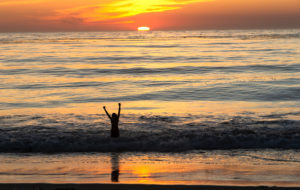
Golden hour works well for portraits and landscapes.
And then comes the sun half an hour before sunrise, half an hour after. That’s your first golden hour. And the other one is the end of the day, half an hour before sunset, half an hour after. What makes it good is there are longer wavelengths. It works because it will soften the skin. It gives that beautiful glow. Shoot in the morning. Shoot in the evening. In the middle, what do you do? Whatever you want. But those are two times you definitely want to take advantage of.
In the video above, I also discuss and show how you can look at the light sources around you to see how they work. I highly recommend you watch the video at the top of the story in order to see it in action.
Watch the live stream based on this blog here.
Be sure to keep an eye on our blog as we will be coming out with more posts on lighting, this time with tips from Bob Holmes.
The post Lighting Tips to Help You with Portrait Photography appeared first on Advancing Your Photography.
May 6, 2022
Tips to Help You Capture Better Photos with Lighting Tips from Marc Silber – Ep 6
We’re continuing through the Cycle of Photography as the Decoder Ring of photography to unlock the secrets and help make sense of it’s many parts. Capture is the next stage of the Cycle of Photography, and we’re going to focus on lighting as we take a look at this stage of photography.
Show NotesTips for LightingDon’t get hung up in complexities of equipment.Train your eye to see light.Use your skills of visualization.Keep it simple.Questions to Ask YourselfHow does your camera react to light?When should you check your settings, like ISO?What are the two kinds of light?When should you move a person to the light?Why should eyes be well it?What can you use as a reflector?If shooting in mid-day what can you do?When can you shoot in to the sun?What are the golden hours?What is the blue hour?What results do you get when you mix lights?Action Item: Look at it as a Camera DoesGo and photographer a scene.Take careful note how it looks to your eyes.Now look at it on a computer and compare.Repeat as often as needed to see how your camera sees in different situations.Important LinksConnect with Marc Silber
Website | Instagram | Facebook | Twitter | YouTube
More content from this episode:
Get Advancing Your Photography free! Just pay shipping and handling.
Related Blog Post
Buy Create book here
Check out our merchandise
The post Tips to Help You Capture Better Photos with Lighting Tips from Marc Silber – Ep 6 appeared first on Advancing Your Photography.
How You Can Understand Your Equipment Better to Improve Your Photography! – Ep 5
We’ve discussed how the Cycle of Photography is the Decoder Ring of photography to unlock the secrets and help make sense of it’s many parts. Equipment is the next stage of the Cycle of Photography we’re going to discuss how you can understand your equipment better to improve your photography.
Show NotesGet To Know Your Camera as a Close FriendUnderstand each key control.Look up words (in AYP glossary).Study with camera in front of you.Touch knobs, menus, controls, etc.Practice, practice, practice your settings.Get out and shoot, shoot, shoot.Rinse and repeat as needed!Featured Images.fusion-gallery-1 .fusion-gallery-image {border:0px solid #f6f6f6;}
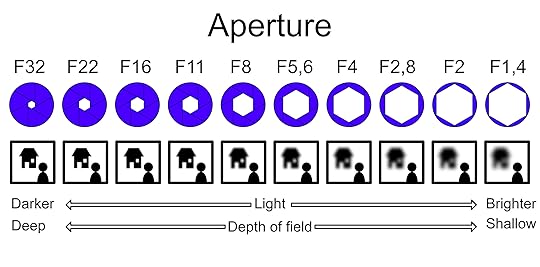
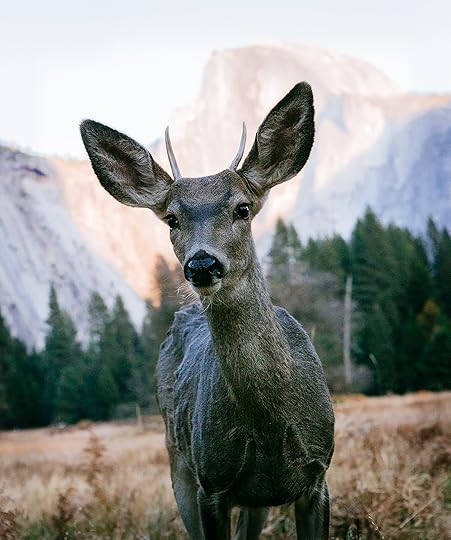
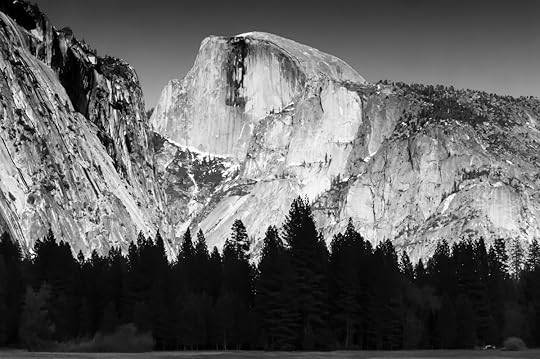
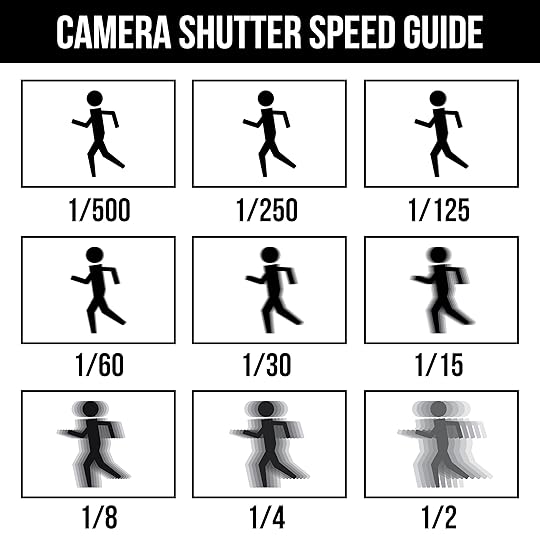
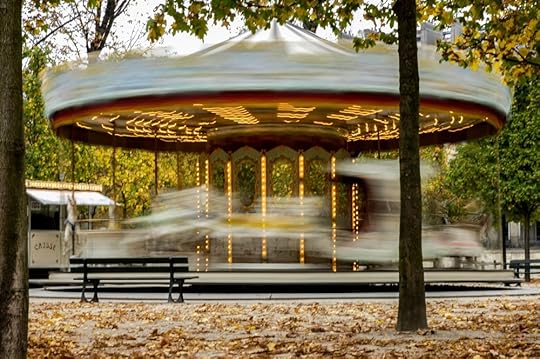
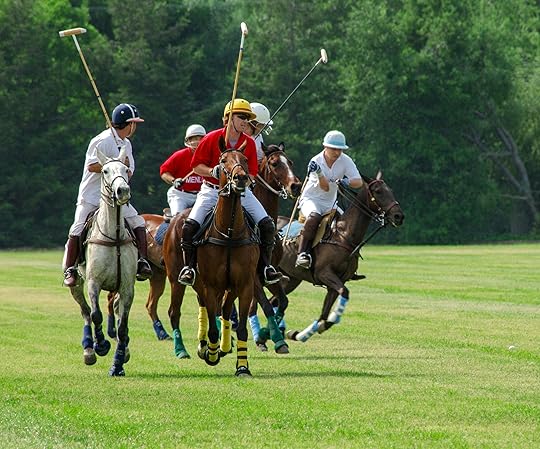
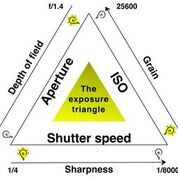 Important Links
Important LinksConnect with Marc Silber
Website | Instagram | Facebook | Twitter | YouTube
More content from this episode:
Get Advancing Your Photography free! Just pay shipping and handling.
Get Zither
Buy Create book here
Check out our merchandise
The post How You Can Understand Your Equipment Better to Improve Your Photography! – Ep 5 appeared first on Advancing Your Photography.
How Visualization is the Key to Improving Your Photography – Ep 4
We’ve discussed how the Cycle of Photography is the Decoder Ring of photography to unlock the secrets and help make sense of it’s many parts. Visualization is the key and center of the Cycle and we’re going to discuss how it influences the other aspects and is the key to improving your photography.
Show NotesFeed Your Creativity: Go to Museums (or Books)How was the subject composed within the frame?How were they lit? Where was the light coming from?What was your eye drawn to?What is its emotional impact?Books that Inspire MeFamily of Man
Masterclass Arnold Newman
Masterworks of Modern Art
Links above to Amazon don’t cost you anything extra but do support the show so we thank you for using the links above if you are interested in these books!
Featured Images.fusion-gallery-2 .fusion-gallery-image {border:0px solid #f6f6f6;}
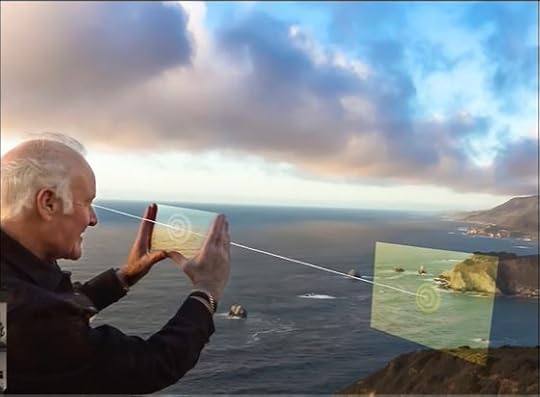
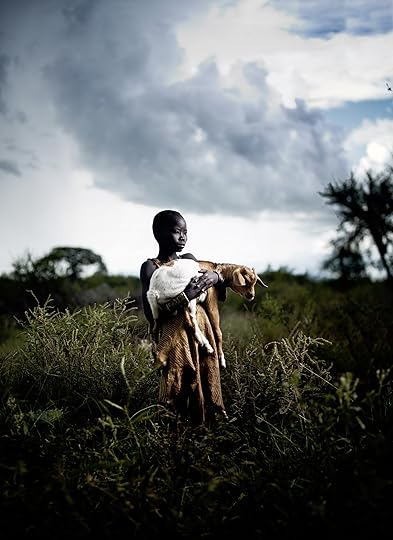
 Important Links
Important LinksConnect with Marc Silber
Website | Instagram | Facebook | Twitter | YouTube
More content from this episode:
Get Advancing Your Photography free! Just pay shipping and handling.
Related Blog Post Part 1
Related Blog Post Part 2
Buy Create book here
Check out our merchandise
The post How Visualization is the Key to Improving Your Photography – Ep 4 appeared first on Advancing Your Photography.
May 2, 2022
How to Strengthen Your Visualization Muscles and Find Inspiration
Continuing our dive into visualization, I want to explore how you can strengthen your Visualization muscles and find inspiration to help your work. For a good example, let’s look at Joey L. I interviewed him and he told me that really how he learned photography was looking at the works of the master painters. He noticed how they frame the image, but also their use of lighting. So you can see some of his images almost look like paintings?
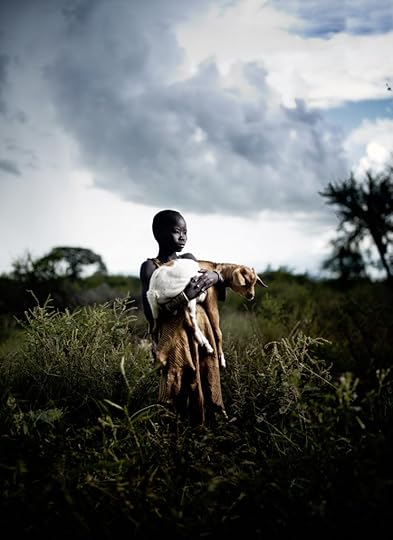
A photo by Joey L.
He learned that from looking at the works of the painters. And that’s how you strengthen your visualization muscles, as we call it. Go out and look at art, ideally in a museum. If you can’t go to a museum, look at it in a book. If neither of these are options, you can go online. But that’s the last choice. It’s way better to look at the actual art hanging on the wall or printed in a book because you’re going to be much closer to what that artist really had in mind for you.
Looking at ArtWhen you look at it, take your notebook and make notes of what you see in that work of art.
How was the subject composed within the frame? How were they lit? Where was the light coming from?What was your eye drawn to?What is its emotional impact?I encourage you to do this right now and practice this exercise. You need to put in the hard work and strengthen your visualization muscles.
The MilkmaidFor an example, here is Vermeer and his painting of the Milkmaid.

Johannes Vermeer’s Milkmaid from Rijksmuseum
First, how did he frame his subject? You’ll notice it’s pretty tight. It’s all really about the subject right here and the various things that surround her. The light source of course is one north facing window. And then what’s your emotional impact? What do you feel when you look at this? I get a feeling of sort of calmness, like she’s just going about her business.
I recommend you study Vermeer, Rembrandt and a lot of different works of art. Here are a few of my recommendations for books to study.
Book RecommendationsThe Family of Man. This is a collection of prints from an exhibition featuring 503 photographs from 68 countries. It was curated by Edward Steichen, a fantastic photographer. I highly recommend this book to see black and white photography around the world, and it was a major inspiration for me when I was young.
Arnold Newman is one of my favorite photographers and his Masterclass book is a great example of his work. He often breaks the “rule” of thirds. He found his own way to compose his images.
The last book I’ll mention is Masterworks of Modern Art. This is from the Museum of Modern Art, New York. And it’s all types of art, paintings, photographs. It has works from Salvador Dali, Pablo Picasso, and more. I find painting equally inspiring as photography. I often find ideas that can help me with my photography.
So I encourage you to check out these works and to find works that speak to you and help inspire you.
Watch the live stream based on this blog here.
Be sure to keep an eye on our blog as we will be coming out with more posts on visualization and more. Also, using the links to Amazon of the books mentioned in this post will help support our work! It doesn’t cost you anything extra but does help support us.
The post How to Strengthen Your Visualization Muscles and Find Inspiration appeared first on Advancing Your Photography.
May 1, 2022
The Key to Understanding Photography: Visualization
The decoding of photography. Do you guys ever get confused about photography? There are so many kinds of cameras, lenses, lighting equipment and more. There’s also so many books to read as well. Well the good news is that there is a way to decode photography. It’s called the Cycle of Photography.

A cycle is something that has a beginning, middle and an end. Each day has a cycle, and seasons have a cycle. We have lots of cycles in our life and photography has an exact cycle that you follow. It took time for me to realize this, and many interviews before I noticed this cycle. At first, I thought it was four stages, but then I realized there was a 5th stage: Visualization. This is what I want to speak about in this post.
What Photography Begins WithThere is a vast belief that photography starts with cameras and confusing knobs and menus. I’m going to tell you that’s point number two. So that’s like trying to get into a house by climbing into the second story window. Photography starts with you and your mind. Your ability to see an image. So what is visualization? Author Robert Collier said, “Visualize this thing that you want, see it, feel it, believe in it, Make your mental blueprint and begin to build.”
And that wasn’t written specifically about photography, because visualization fits any creative activity. You can use this in every part of your life. The Oxford Dictionary lists Visualization as
The action or fact of visualizingThe power or process of forming a mental picture or vision of something not actually present to the sight; a picture thus formed.In your photography, you’re getting an idea before you even pick up a camera what it is you want to photograph. I want to just dispel the idea that this somehow slows you down, or it’s too thought provoking a process. If you’re taking snapshots, it’s done without any thought. That’s what a snapshot is. You’re just pressing the shutter. You’re not even thinking necessarily about where would be the best place to photograph that day.
The Whole Key to a PhotographAnsel Adams said the whole key to a photograph is visualization, and that is the difference between photography as an art form and a snapshot. I don’t care how long that visualization process takes. There’s always a visualization process that goes along with your photography. Even if you say, I want to go out today and photograph on the main street of my town or in Yosemite. You’re getting a quick visualization right there. Now, if you can expand on that and really explore it, your photography will get better. That can happen in a split second. I look and I go, wow, if I stood over there, this photograph is going to be a thousand times better.

I use my mind to direct the shot, the camera and everything else. In and interview, Chase Jarvis brought up how one of the things you want to do is walk around the scene without a camera pressed your face. As soon as you get a camera pressed on your face, you’re into the second stage. So don’t go there yet. You just walk around, get an idea of what things look like. Where could the photograph be? Some photographers will go 10, 20 or even 30 minutes without putting a camera up to their face.
Watch the live stream based on this blog here.
Be sure to keep an eye on our blog as we will be coming out with a part two about how to find inspiration and strengthen your visualization muscles.
The post The Key to Understanding Photography: Visualization appeared first on Advancing Your Photography.



